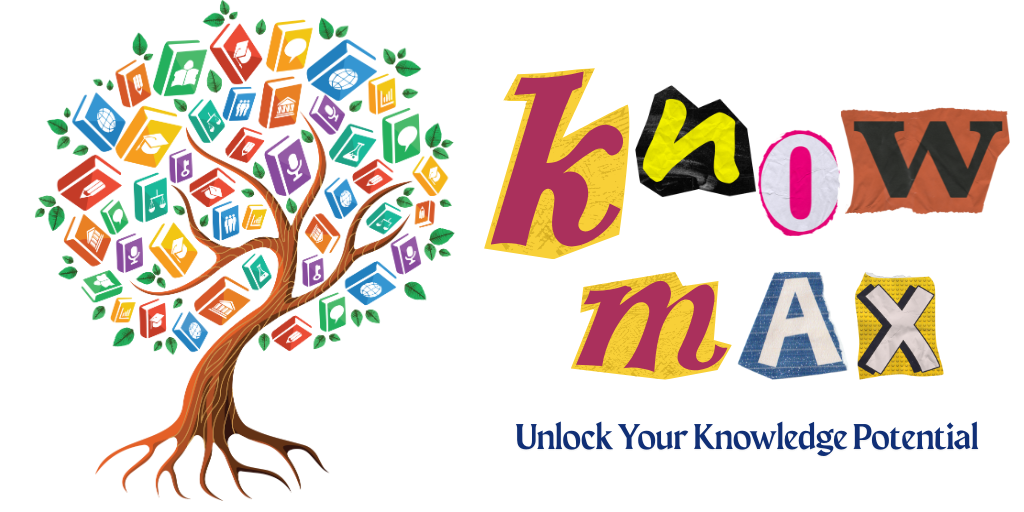July 09, 2025
As educational institutions strive to enhance the accessibility of their course materials, the journey towards compliance with federal standards presents both challenges and opportunities. Diana Theisinger shares insights from her experiences with faculty engagement and the importance of digital accessibility.
Inaccessible digital documents, particularly PDFs, continue to pose significant challenges. The question remains: how can we harness the collective efforts within our institutions to ensure that digital course materials are accessible—one document, one class, and one instructor at a time?
Like many public universities, our institution is actively working towards meeting the Web Content Accessibility Guidelines by April 2026. These guidelines are designed to ensure that digital content is usable for individuals who rely on assistive technologies, mandating that all content be machine-readable.
In the midst of various institutional initiatives aimed at meeting the federal deadline, my colleague, Liz Bellamy, and I took the initiative to lead a series of workshops focused on enhancing the accessibility of digital course materials. Throughout this process, we have gathered valuable lessons that we believe can benefit other institutions engaged in similar efforts.
Our Initiatives
Our initial challenge was not technical but rather cultural and organizational. As multiple teams on campus tackled digital accessibility, our institution was simultaneously transitioning from one learning management system to another and implementing new enterprise software across various departments. With the recent achievement of R-1 status and the growing interest in generative AI, instructors found themselves inundated with competing priorities, making the issue of inaccessible PDFs just one of many concerns.
To address this, a coalition of institutional leaders launched a campaign encouraging instructors to improve their accessibility scores in a specific tool that provides automated feedback on course materials. The goal was straightforward: to make the majority of course content accessible, starting with the most prevalent issue—non-machine-readable PDFs.
We kicked off our efforts at the “Ready, Set, Teach!” event in August 2024, where we offered workshops and consultations. Instructors learned how to utilize their accessibility reports, convert PDFs, and implement practical strategies to enhance digital content accessibility. Over the following year, we explored various methods to maintain momentum and improve our institutional accessibility score. However, not all strategies were successful:
- Online workshops yielded low engagement.
- In-person sessions saw minimal attendance.
- Offering lunch did not significantly increase participation.
- Reaching out to department chairs for presentations resulted in low response rates.
The reality is that instructors are often overwhelmed. Accessibility can feel like an additional burden on top of their existing responsibilities. Our most successful outcomes have stemmed from one-on-one discussions and identifying departmental advocates—those instructors who champion accessible practices within their disciplines. For instance, a linguistics professor collaborated with a health sciences colleague to provide an interactive model for students learning about speech production, demonstrating how accessibility can enhance learning experiences.
However, these successful approaches require time and resources that are not always available. Despite the hurdles, moments of success can feel transformative, such as when a previously skeptical instructor realized that accessibility benefits all students, not just those with disabilities.
Key Takeaways
We have identified two critical components for fostering engagement:
- Activation energy: Instructors need a compelling reason to take action, along with manageable steps to begin the process; otherwise, the task can seem daunting.
Sometimes, this motivation arises from a student’s request for accessible content. However, many students, particularly first-year or first-generation students, may not disclose their disabilities or feel empowered to advocate for themselves. For some instructors, simply seeing their accessibility score serves as motivation, as they strive for excellence in all aspects of their work. More frequently, we observe that instructors engage in this initiative when encouraged by colleagues or department heads. Utilizing positive peer influence, combined with straightforward solutions to enhance accessibility, has proven effective.
- Point-of-need support: Assistance must be timely, relevant, and easily accessible.
When instructors are confronted with a plethora of accessibility recommendations, they may hesitate to take the first step. We have found that personal conversations about student engagement and course design often create opportunities to discuss accessibility. Once the conversation begins, instructors are typically open to learning about simple adjustments they can make to improve their course content’s accessibility.
Current Status
Now, let’s address the reality of our situation. Our institutional accessibility score has remained relatively unchanged; we have yet to achieve the 85 percent target we set. For experienced educational developers, it can be disheartening to witness minimal progress despite significant efforts. However, new tools provide a glimmer of hope. Recent updates to our accessibility tool will allow instructors to remediate inaccessible PDFs directly within the learning management system, streamlining the process and reducing the effort required to address these issues.
We are also considering several initiatives:
- Conducting focus groups to better understand what motivates instructors to engage in accessibility efforts.
- Testing the effectiveness of pop-up notifications that provide accessibility tips when instructors log into the learning management system.
- Defining what constitutes “reasonable measures” for compliance, particularly for disciplines with unique content requirements.
Leading with Compassion
One unexpected outcome we have observed is that some instructors have chosen to stop uploading digital content altogether. Faced with the complexities of digital accessibility requirements, they opt out rather than adapt. While this may improve our institutional compliance score, it often results in a loss for students and their learning experiences. We must find a way forward that does not force instructors into such difficult choices.
Accessibility is not only about equity; it is also about compassion. As we approach 2026, our focus should be on supporting instructors rather than overwhelming them with compliance demands. Every step we take towards greater accessibility benefits our students. Each instructor who collaborates with peers to find tailored solutions contributes to our institutional objectives. Emphasizing progress over perfection may be the most sustainable approach moving forward.
